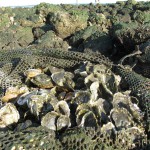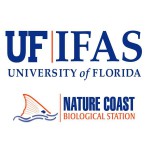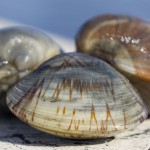A Strong El Niño is Predicted This Winter
Daily interactions between our oceans and atmosphere help shape the weather and climate we experience on Earth. However, naturally-occurring events such as El Niño can alter these interactions resulting in dramatic shifts in weather patterns across the globe. El Niño, also known as the El Niño Southern Oscillation, is characterized by periods of warmer tropical surface waters in the Pacific Ocean. El Niño episodes usually occur every three to seven years, but the last major El Niño period occurred during the 1997-1998 season.






